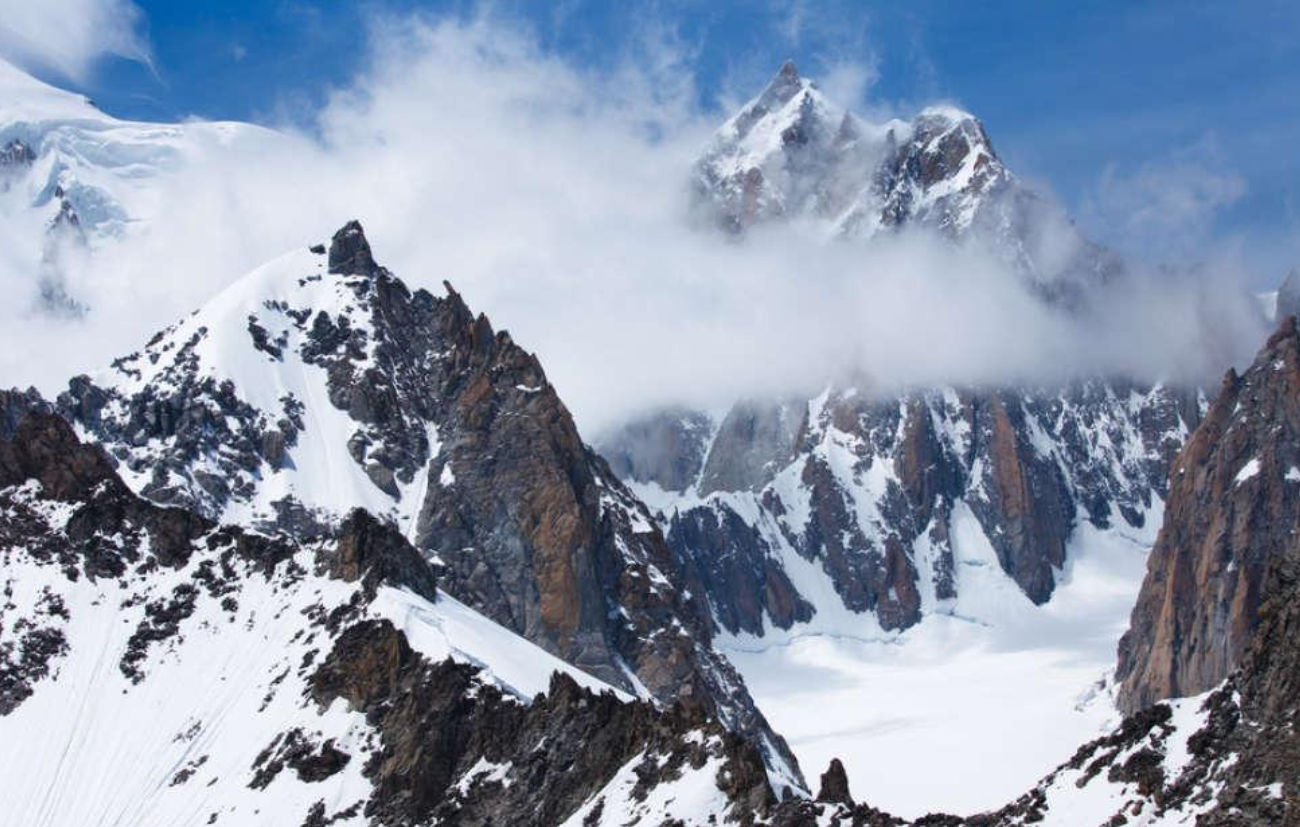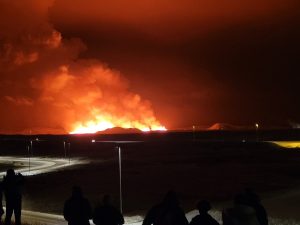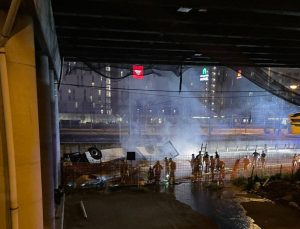At least six people were killed in Italy on Sunday after a large chunk of an alpine glacier broke loose and wreaked havoc on a popular hiking trail. Authorities say at least nine more have been injured.
The incident took place on the Marmolada peak, which has an altitude of about 3,300 metres (11,000ft), making it the tallest peak in the eastern Dolomite mountains of Italy, which is a popular skiing destination in winter.
News about the glacier collapse broke in late evening on Sunday after emergency services Servizio Urgenza Emergenza Medica (SUEM) and the National Alpine and Cave Rescue Corps started responding to the accident.
Also read | In pics: Strong earthquake rattles eastern Afghanistan, kills over 1,000
While SUEM told media that the glacier collapse had triggered an avalanche consisting of “pouring down of snow, ice and rock,” the Alpine rescue service said that rescue dogs and at least five helicopters had been dispatched to carry out search and rescue operations.
However, rescue operations had to be halted on Sunday night after authorities found that there was a danger of more parts of the glacier breaking away.
Also read | Historic Holly Hotel that hosted a US president damaged in major blaze
Although it is unclear why the glacier collapsed, it is believed that the heatwave in Europe and record temperatures contributed to the incident.
At the time of the collapse, temperatures around Marmolada had soared to a record 10 degrees Celsius (50 degrees Fahrenheit), National Alpine and Cave Rescue Corps spokesperson Walter Milan told The Associated Press that temperatures were only one explanation for the collapse.
Also read | Parts of Yellowstone could remain shut all year after historic floods
“The heat is unusual. That’s extreme heat … Clearly it’s something abnormal,” Milan told the agency, adding, “There are so many factors that could be involved.”
While avalanches themselves are unpredictable anyway, Milan said that the influence of heat on glaciers “is even more impossible to predict.”
At the time of writing this article, rescue operations were still underway and several remained missing.







